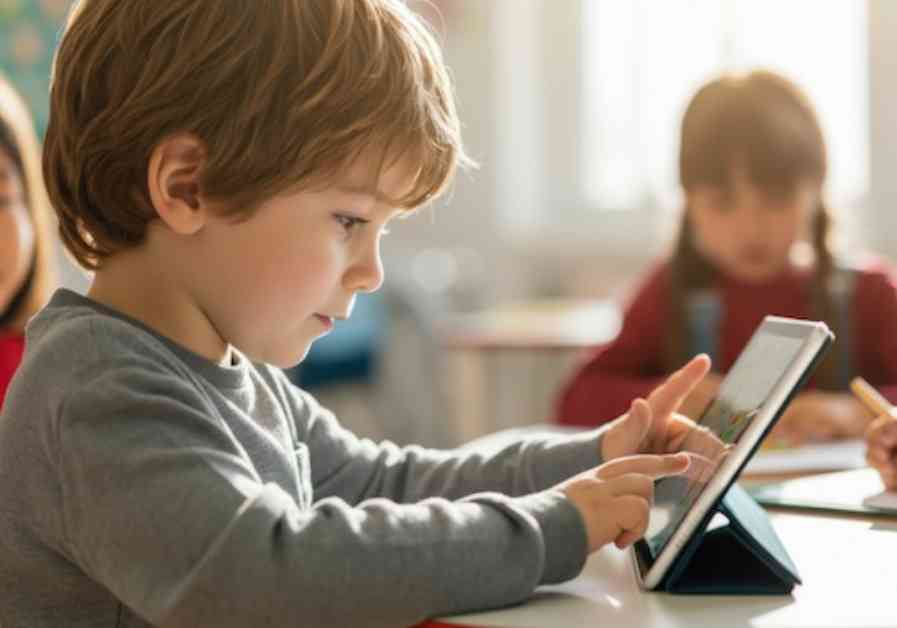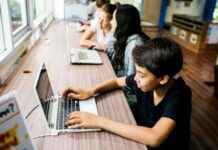Blended learning has revolutionized the educational landscape, especially in the wake of the pandemic. As schools navigate the return to in-person classes, the station rotation model emerges as a powerful tool for elementary educators. This innovative approach involves students moving through various stations, with at least one dedicated to digital tools and online activities. While some may view technology integration with apprehension, the benefits are undeniable—enhanced learning experiences, personalized instruction, and development of essential 21st-century skills.
Navigating the realm of technology in the classroom can be daunting, especially for veteran educators accustomed to traditional teaching methods. However, embracing new approaches is essential to adapt to the changing needs of today’s learners. Incorporating digital tools not only provides instant access to information but also caters to diverse learning styles, fostering creativity, communication, and digital literacy. Despite initial resistance, the fusion of technology and education is a dynamic force driving student engagement and achievement.
### The Station Rotation Model in Action
Stations and centers are commonly utilized during reading or ELA blocks in lower elementary classrooms, offering a structured framework for student engagement. Picture a classroom bustling with activity—students moving between stations, some engrossed in digital tasks on devices, while others collaborate with peers or receive guidance from the teacher. This dynamic environment fosters independent learning, exploration, and skill development in a multi-modal setting.
### Top 3 EdTech Tools for Early Learning Station Rotation
1. **Seesaw**: A versatile learning management system, Seesaw facilitates student practice, assessment, and family engagement. From interactive assignments to multimedia submissions, this platform caters to diverse learning needs and encourages hands-on exploration. By leveraging Seesaw, educators can personalize learning experiences and track student progress effectively.
2. **Digital Content Libraries**: Platforms like epic!, Storyline Online, and Tumblebooks offer a treasure trove of digital resources—from e-books to audiobooks—that enrich the reading experience. These libraries not only promote literacy but also cater to individual interests and reading levels, fostering a love for reading in young learners. By incorporating digital libraries, educators can ignite a passion for learning and broaden students’ horizons.
3. **Choice Boards and QR Codes**: Empowering students with choice and autonomy is key to fostering intrinsic motivation and engagement. Choice boards, whether virtual or physical, offer students the flexibility to select activities aligned with their interests and learning goals. By integrating QR codes and interactive resources, educators can create a dynamic learning environment that caters to diverse learning styles and preferences.
In essence, the success of the station rotation model hinges on meaningful and purposeful activities that enrich student learning experiences. By establishing a structured routine and providing engaging opportunities for exploration and growth, educators can cultivate a dynamic learning environment that nurtures creativity, critical thinking, and collaboration.
As Abby Wessel, a seasoned educator and advocate for educational technology, aptly puts it, “Embracing technology in the classroom is not just about integrating devices—it’s about transforming learning experiences and empowering students to thrive in a digital age.” As we embark on this journey of innovation and exploration, let us embrace the power of technology to inspire, engage, and educate the next generation of learners.
Abby Wessel, a dedicated first-grade teacher at Champlin Brooklyn Park Academy and a passionate advocate for educational technology, embodies the spirit of innovation and growth in the classroom. With four years of teaching experience and a commitment to pursuing a Master’s in Educational Technology at Concordia University, St. Paul, Abby exemplifies the transformative potential of blending traditional pedagogy with cutting-edge technology to create a dynamic and enriching learning environment. Through her work, Abby continues to inspire educators to embrace change, adapt to new challenges, and unlock the full potential of every student.







